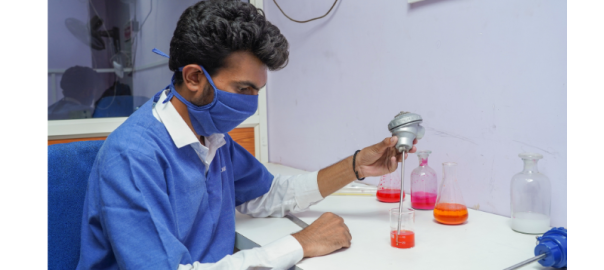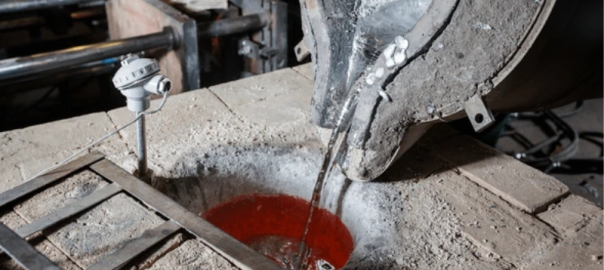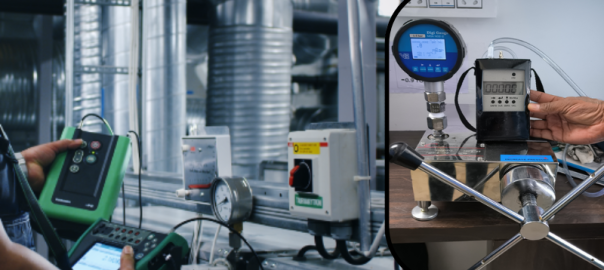
Introduction:
The Central Ground Water Authority (CGWA) plays a vital role in regulating and managing groundwater resources. Adhering to CGWA guidelines is crucial for ensuring sustainable water management practices. This blog post explores how a digital water flowmeter with a telemetry system can align with CGWA guidelines, enabling efficient monitoring, accurate measurements, and effective utilization of groundwater resources.
- Authorization and Compliance: Before implementing a digital water flowmeter with a telemetry system, it is essential to obtain the necessary authorizations, permits, and licenses from CGWA or relevant regulatory authorities. Compliance with CGWA guidelines ensures that the system meets the specified standards and requirements.
- Approved Equipment Selection: CGWA may have specific guidelines regarding the selection and installation of equipment. Choose a digital water flowmeter and telemetry system that comply with CGWA guidelines and approved standards. Ensure that the flowmeter is accurate, properly calibrated, and meets CGWA’s requirements for groundwater monitoring.
- Installation and Monitoring Locations: CGWA guidelines often provide recommendations for suitable locations to install flowmeters. Consider factors such as proximity to groundwater extraction points, representative sampling, and avoiding potential interference or damage to the equipment. Adhering to these guidelines ensures accurate and reliable measurements.
- Data Transmission and Security: The telemetry system used for data transmission must comply with CGWA requirements for data security, confidentiality, and integrity. It should ensure secure communication and prevent unauthorized access or tampering of the data. Implement robust encryption and authentication mechanisms to protect sensitive information.
- Real-Time Monitoring and Threshold Alerts: Configure the telemetry system to provide real-time monitoring of water flow rates. Adhere to CGWA guidelines for defining threshold values that trigger alarms or notifications. These alerts can promptly notify operators or stakeholders in case of abnormal flow conditions, enabling timely action or investigation.
- Data Reporting and Compliance: CGWA guidelines may specify reporting requirements. Develop a reporting mechanism that generates accurate and timely reports as per CGWA guidelines. Document flow data, including flow rates, total volume extracted, and any other relevant parameters specified by CGWA, to ensure compliance with reporting obligations.
- Calibration and Maintenance: Regular calibration and maintenance of the flowmeter and telemetry system are critical to ensure accurate measurements and reliable operation. Follow CGWA guidelines for periodic calibration, maintenance, and documentation of calibration certificates and service records.
- CGWA Reporting and Compliance: Stay updated with CGWA guidelines and any revisions or updates. Comply with the submission of necessary reports, data, or documentation within specified timeframes. Familiarize yourself with CGWA’s compliance requirements and ensure ongoing adherence to the guidelines.
A digital water flowmeter with a telemetry system has a wide range of applications across various industries and sectors. Here are some key applications:
- Water Distribution Networks: In municipal water supply systems, digital water flowmeters with telemetry systems are used to monitor water flow rates in distribution networks. This helps optimize water supply, detect leaks, and ensure efficient resource allocation.
- Industrial Processes: Industries that rely on water for their operations, such as manufacturing plants, power generation facilities, and chemical processing plants, use digital water flowmeters to measure and monitor water flow. The telemetry system allows real-time tracking of water usage, enabling efficient process control and identifying opportunities for water conservation.
- Agriculture and Irrigation: Digital water flowmeters with telemetry systems play a vital role in agricultural applications. They are used for measuring water flow in irrigation systems, ensuring precise water distribution to crops and optimizing water usage. The telemetry system enables remote monitoring and control of irrigation systems, facilitating efficient water management in agricultural practices.
- Water Resource Management: For managing water resources in lakes, rivers, and reservoirs, digital water flowmeters are utilized to measure the flow rates of incoming and outgoing water. The telemetry system provides real-time data on water levels, flow rates, and usage, aiding in effective water resource planning and allocation.
- Environmental Monitoring: Digital water flowmeters with telemetry systems are employed in environmental monitoring programs to measure water flow rates in rivers, streams, and other water bodies. This data helps assess water availability, ecosystem health, and the impact of human activities on water resources.
- Wastewater Management: In wastewater treatment plants, digital water flowmeters are used to measure and monitor the flow rates of wastewater at different stages of the treatment process. The telemetry system enables operators to track flow patterns, identify anomalies, and optimize treatment efficiency.
- Mining and Resource Extraction: Digital water flowmeters with telemetry systems find applications in mining and resource extraction industries. They are used to monitor water flow rates in extraction processes, manage water usage, and comply with environmental regulations regarding water discharge.
- Research and Development: Digital water flowmeters with telemetry systems are utilized in research and development studies related to water flow dynamics, hydraulic modeling, and water resource assessments. They provide accurate data for analysis and help in understanding complex water systems.
These are just a few examples of the diverse applications of digital water flowmeters with telemetry systems. The versatility and reliability of these systems make them invaluable tools in measuring, monitoring, and managing water flow in various industries and sectors.
Conclusion:
Adhering to CGWA guidelines is essential for sustainable groundwater management. Implementing a digital water flowmeter with a telemetry system aligned with CGWA guidelines can greatly enhance water management practices. It ensures accurate measurements, real-time monitoring, compliance reporting, and efficient utilization of groundwater resources while maintaining data security and integrity.
By integrating technology with regulatory compliance, water managers can effectively monitor and optimize groundwater usage, detect anomalies, and mitigate risks. Embracing a digital water flowmeter with a telemetry system in line with CGWA guidelines is a significant step towards sustainable water management and conservation.












